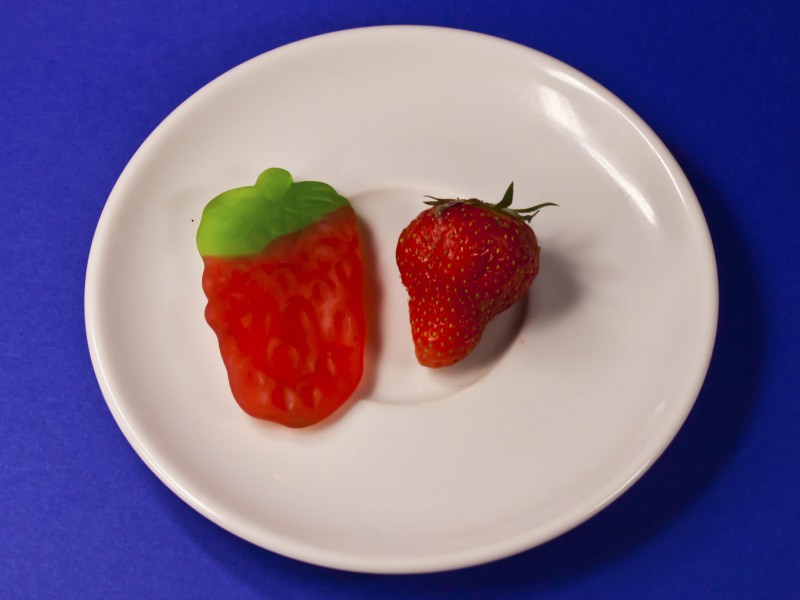We live in an amazing time where with a smartphone alone, professional quality photos and videos are no longer limited to the exclusive enclave of high end studios. And with Zogby Analytics reporting that 87% of Millennials confirmed in a national study that “My smartphone never leaves my side, night or day”, never before have we had the ability to capture lifetime memories as they are actually happening.
But what actually happens after this image is captured? In the old days of film the photographer would focus the camera on the subject and at the right moment click the shutter which would expose light to a special photographic paper thus writing the image on the film. The film would then be removed from the camera where it would be developed by a special chemical process, exposing the image on a photo paper where the resulting photo could then be shared with the intended viewing audience.
Today the process of digital photography and video capture is quite different, in that there is no film. From the moment the image sensor in the camera captures the photons in its viewing range, and converts them to a series of zero’s and one’s, a complicated workflow (that requires a network connection) for viewing, uploading, downloading, posting, sharing, sending, and storing is executed. Photography and videography today entails much more than “a click”.

If a tree falls in a forest, and no one is there to hear it, does it make a sound?
Put into today’s visual context, if a photo or video is taken but not shared with anyone, well, what’s the point? Unfortunately, media traffic is growing at a more rapid rate than the network capacity needed to support today’s workflow process of capturing photo and video sessions (http://www.kpcb.com/internet-trends slides 13, 24, 60, 61, 70).
In the near future more photo and video bits (one’s and zero’s) will be created than our current networks (wireline or wireless) can handle. With new technologies being introduced, which greatly improve encoding efficiencies for photo and video files, there will be solutions to address this impending gap.
Media optimization to the rescue
One of the technical solutions that is in the market today is media optimization. Media optimization is being employed by distributors of photo and video content to reduce the file size and bitrate of photo and video files, and by so doing has a positive effect on the network by adding immediate excess capacity since the resulting bandwidth savings can be reutilized for other traffic.
“It is well established that video will constitute the bulk of data traffic both on wireline and wireless from here on. From a consumer point of view, the access technology will just disappear in the background. They will care less what access medium is carrying the bits of any particular content or traffic http://www.mobilefutureforward.com/5G_Chetan_Sharma_Consulting.pdf page 17.
As this quote demonstrates, many in the “photo and video capture industry” do not care about network capacity. Instead they care only about enabling an effortless capture and sharing experience for the consumer. After all, technology exists to serve a need, and for those in the business of capturing and sharing lifetime memories, this need is no more complex than capturing the first step of a child learning to walk. And this describes the essence and magic of photos and videos as the moments we create and share today, can be experienced for a lifetime, or perhaps will be seen for lifetime(s) to come.
Thank you for reading. I will be sharing more specific insights on the topic, stay tuned.

